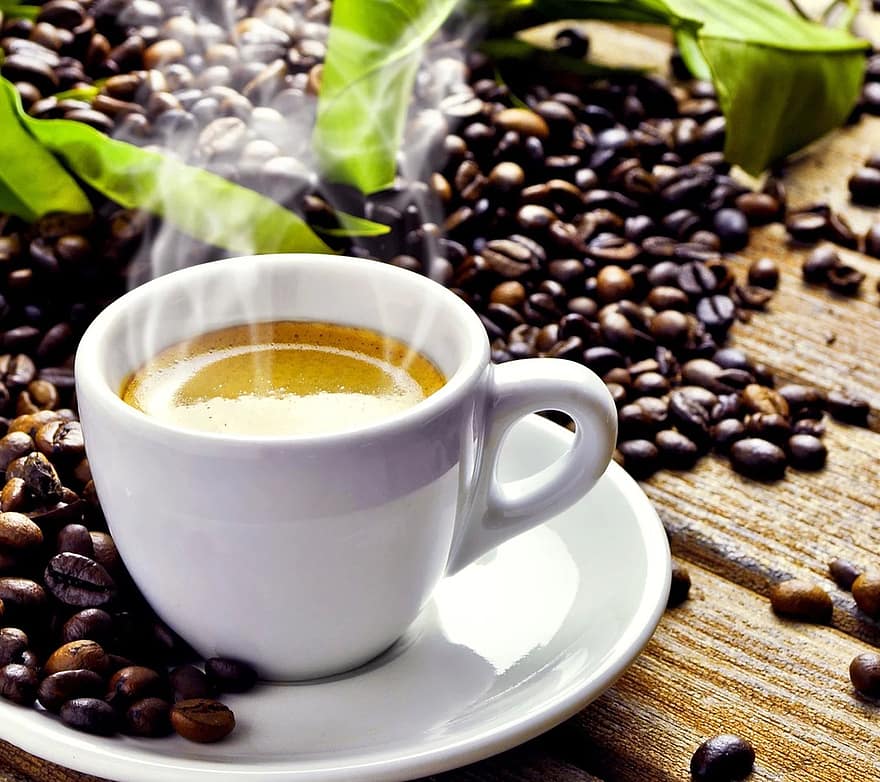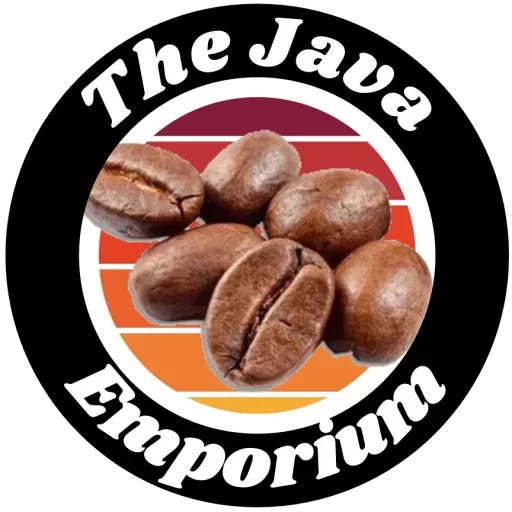If you are a coffee lover, you might have wondered what are the different coffee roast levels are all about. How do they affect the taste, aroma, and caffeine content of your favourite brew? In this blog post, we will explain the basics of coffee roasting and how to choose the best roast level for your preferences.
Coffee roasting is the process of applying heat to green coffee beans to transform them into brown, aromatic, and flavourful beans that we use to make coffee. Roasting causes chemical changes in the beans, such as caramelization of sugars, development of oils, and reduction of moisture and acidity. Roasting also affects the colour, size, density, and hardness of the beans.
One of the most common questions about coffee roasting is how it affects the caffeine content of the beans. Many people assume that darker roasts have more caffeine than lighter roasts, but this is not true. The caffeine content of coffee beans is determined by their origin, variety, and processing method, not by their roast level. In fact, roasting reduces the caffeine content of the beans slightly, as some of it evaporates during the process. However, this difference is negligible and does not affect the final brew significantly.
What matters more for the caffeine content of your cup is how you measure and brew your coffee. Darker roasts are denser and heavier than lighter roasts, so if you measure your coffee by volume (e.g., tablespoons), you will end up with more beans and more caffeine in a darker roast. On the other hand, if you measure your coffee by weight (e.g., grams), you will end up with fewer beans and less caffeine in a darker roast. Similarly, different brewing methods extract different amounts of caffeine from the beans, depending on factors such as water temperature, contact time, and grind size.
Therefore, if you want to control the caffeine content of your coffee, you should pay attention to how you measure and brew your coffee, rather than focusing on the roast level. However, if you are sensitive to caffeine or want to avoid it altogether, you should opt for decaffeinated coffee, which has most of the caffeine removed before roasting.
There are four main roast levels of coffee: light, medium, dark, and darker than dark. Within these levels, there are also subcategories with different names and characteristics. However, there is no universal standard for defining roast levels, so different roasters may use different terms and measurements. One way to compare roast levels objectively is to use the Agtron colour scale, which is a numerical index based on the infrared reflectance of roasted coffee samples. For our roasts we use a scale of five from light to very dark,
Here is a brief overview of the four main roast levels and their Agtron numbers:
– Light roast: Agtron 80-90. Light roast coffee has a light brown colour, no oil on the surface, and a high acidity. It preserves most of the original flavour and aroma of the coffee beans. Light roast coffee is suitable for brewing methods that highlight the nuances and complexity of the coffee, such as pour-over, drip, or AeroPress. Some common names for light roast coffee are Light City, Half City, Cinnamon, or New England.
– Medium roast: Agtron 62-79. Medium roast coffee has a medium brown colour, no oil on the surface, and a balanced acidity and body. It has more sweetness and richness than light roast coffee but still retains some of the original flavour and aroma of the beans. Medium roast coffee is versatile and can be used for various brewing methods, such as French press, Chemex, or espresso. Some common names for medium roast coffee are City, American, Regular, or Breakfast.
– Dark roast: Agtron 45-61. Dark roast coffee has a dark brown colour, some oil on the surface, and a low acidity and high body. It has a bold and smoky flavour that dominates the original flavour and aroma of the beans. Dark roast coffee is ideal for brewing methods that emphasize the strength and intensity of the coffee, such as Moka pot, Turkish coffee, or espresso. Some common names for dark roast coffee are Full City, Vienna, French, or Italian.
– Darker than dark roast: Agtron below 45. Darker than dark roast coffee has a very dark brown or black colour, a lot of oil on the surface,
and a very low acidity and high body. It has a bitter and charred flavour that masks any trace of the original flavour and aroma of
the beans. Darker than dark roast coffee is not very common and is usually reserved for speciality drinks or blends that require
a very strong and robust flavour. Some common names for darker-than-dark roast coffee are Spanish, Turkish, or Espresso.
As you can see, there is a lot to learn about coffee roasting and how it affects the taste and quality of your cup. The best way to find out which roast level
suits your palate is to experiment with different coffees and brewing methods until you find your perfect match. Remember that there is no right or wrong answer when it comes to personal preference; just enjoy your coffee journey!

Chris

0 Comments